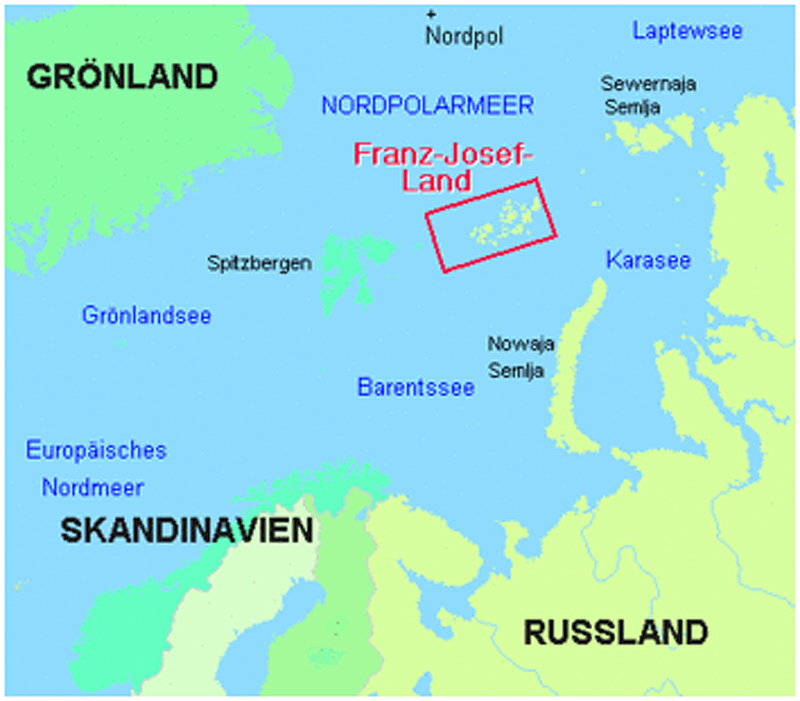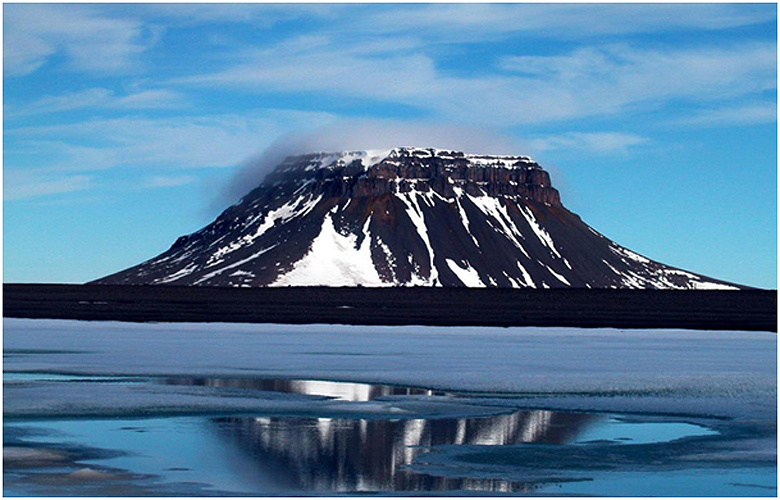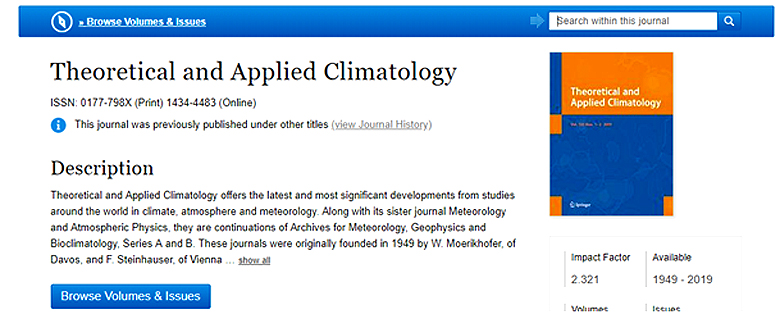Frans Josefs Land

Kalla och ensliga öar vilka
tillhör Ryssland. Årsmedeltemperatur är -18 grader.

Endast militärer från Ryssland bor här.
Men …. 4 – 5 grader
varmare på 1930-talet än medeltemp 1981 - 2010
Discussion
From the end of the nineteenth century, air temperature increased more
sharply in the Arctic that elsewhere on Earth (e.g. Budyko 1974; Przybylak 2000,
2007, 2016; Alekseev 2003; Overland et al. 2004; IPCC 2013). For example, Svalbard (land data) in the period 1865–1920 was
markedly colder than nowadays (1981–2010) by about 3 °C (Przybylak
et al. 2016). In approximately the last 140 years, there have been two
periods of significant temperature increases in the Arctic. The first
began in around 1918–1920 and lasted until 1938 and has been called the
‘1930s warming’ (Bengtsson et al. 2004). Other works have referred
to this period as the ‘Early Twentieth Century Warming’ (ETCW,
Brönnimann 2009) or the ‘Early Twentieth Century Arctic Warming’
(ETCAW, Wegmann et al. 2017, 2018). Our results confirm the observations
for the last expedition from the historical study period in
1930/1931. These years covered the warmest part of the ETCW (Table
3, Fig. 4). In turn, the second increased warming of the Arctic began
around 1980 (Johannessen et al. 2004) or according to Przybylak (2007)
in about the mid-1990s. Changes in overall atmospheric circulation have
long been believed to have been the cause of the ETCW (e.g. Scherhag
1937). As the modern climate warming (since 1975) has progressed in a largely
similar manner to the progression of the ETCW (Wood and Overland
2010; Semenov and Latif 2012), there has been renewed interest in the
insufficiently well-explained causes of the ETCW using the latest
research methods, including, primarily, climate models. An analysis of
the literature shows that the cause of such a significant warming in the
present period is still not clear
Summarising the key results of the analyses conducted in the study, it
can be concluded that on FJL:
Air temperature in 1899–1914 during three expeditions was 1.8–4.6 °C lower than the
modern period in winter (Oct–Apr). However, during
the 1930/31 expedition it was 4.6 °C warmer than the years 1981–2010.
Our results relate to what has been called the ‘1930s warming’, referred
to by various authors in the literature as the ETCW or the ETCAW.
Wind speeds in three expeditions (1903/1904, 1913/1914 and 1930/1931)
were 0.6–2.2 m s−1 higher than at present. Decidedly weaker winds than
at present (by 2.1 m s−1) were recorded during the 1899–1900 expedition.
WCT values in the 1903/1904 and 1913/1914 expedition years were lower
(by 6.4 and 2.0 °C, respectively) than at present. In the winter
(Oct–Apr) of the 1899–1900 and 1930/31 expeditions, the threat to human
health was less than at present (by 1.3 and 4.0 °C, respectively).
Uppgifter
hämtade
från:

10 jan 2019